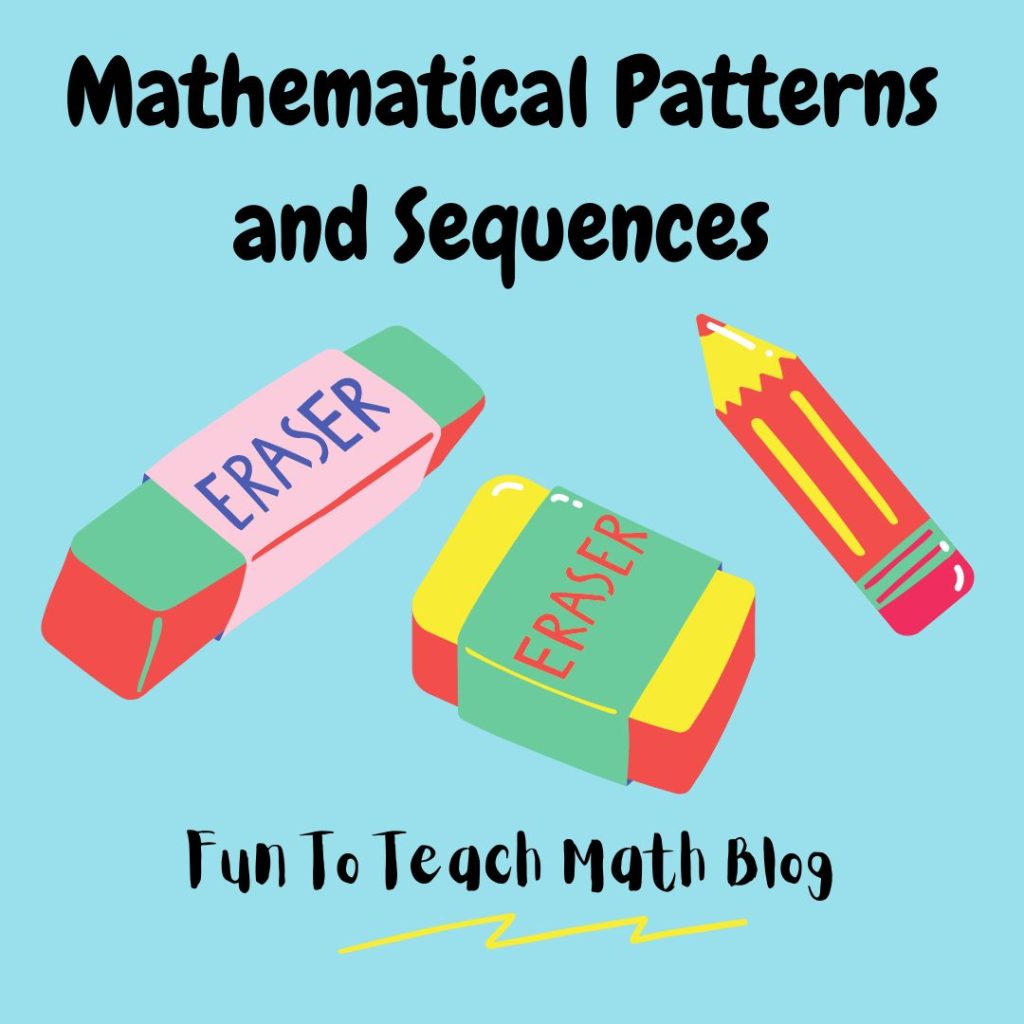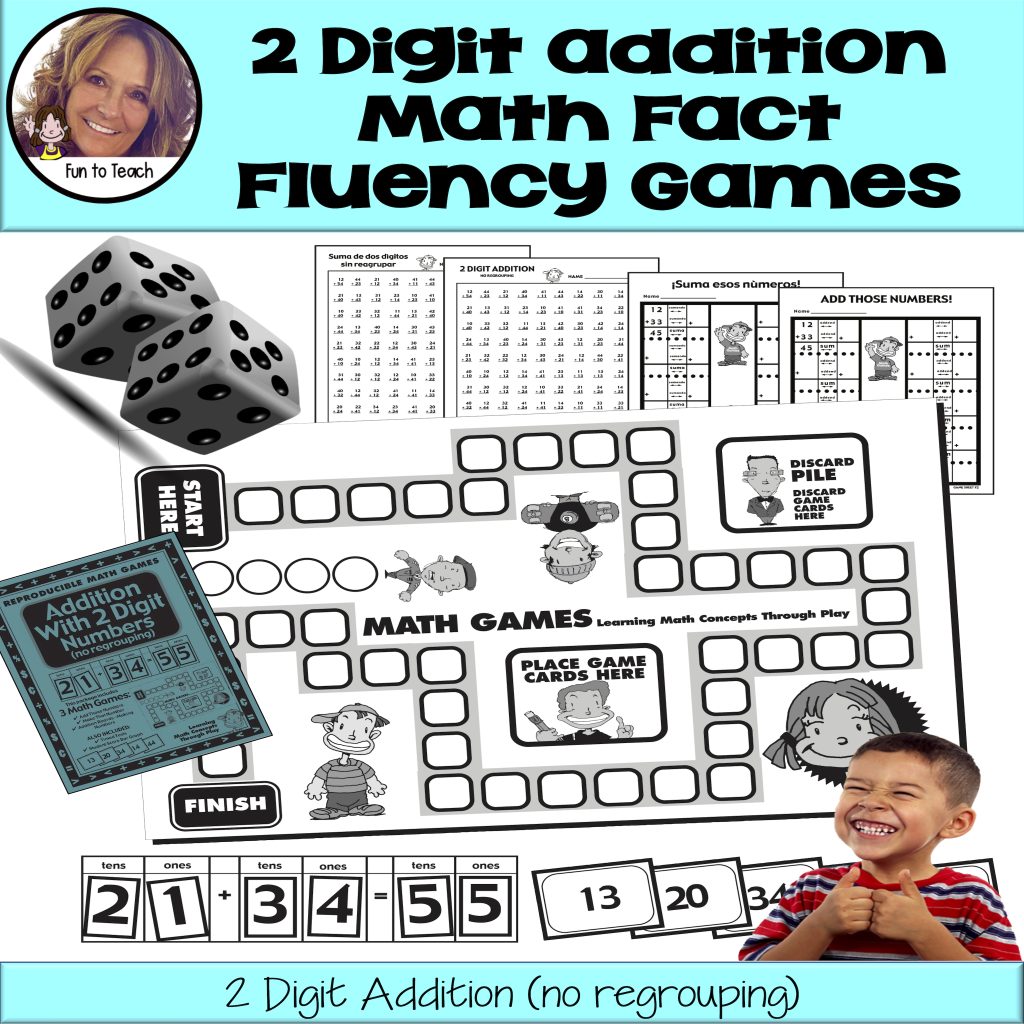Are you ready to dive into the world of mathematical patterns and sequences? Don’t worry, it’s not as complicated as it sounds! In fact, you may already be familiar with some patterns and sequences without even realizing it.

Let’s start with the basics of patterns and sequences
A pattern is a set of numbers or objects that repeat in a predictable way. For example, the pattern “1, 3, 5, 7, 9” is a set of odd numbers that increase by two each time. A sequence is similar to a pattern, but it follows a specific rule to generate each term. For instance, the sequence “1, 3, 6, 10, 15” is generated by adding consecutive positive integers starting from 1.
Now, let’s explore some fun activities that can help students recognize and analyze mathematical patterns and sequences:
- Find the Missing Number: Provide students with a sequence of numbers with one missing term, and challenge them to figure out what the missing number should be. For example, “2, 4, 6, _, 10” – can you figure out what goes in the blank space?
- Create Your Own Pattern: Encourage students to create their own patterns using numbers or objects, and challenge their classmates to figure out the rule that generates the pattern. This is a great way to foster creativity and critical thinking skills.
- Guess the Rule: Provide students with a sequence of numbers or objects and challenge them to guess the rule that generates the sequence. For example, “1, 3, 7, 15, 31” – what rule generates this sequence?
- Color Patterns: Use colorful blocks or shapes to create patterns, and challenge students to recognize and extend the patterns. This activity can help students develop their visual-spatial skills, as well as their ability to recognize patterns.
- Pattern Poetry: Challenge students to create poems or stories that incorporate patterns or sequences. This activity can help students develop their creativity, as well as their understanding of mathematical patterns and sequences.

Remember, mathematical patterns and sequences are all around us, from the spiral of a seashell to the petals of a flower. By exploring and analyzing these patterns, students can develop their critical thinking skills and deepen their understanding of the world around them. So why not dive into the fascinating world of mathematical patterns and sequences today?




No comments:
Post a Comment